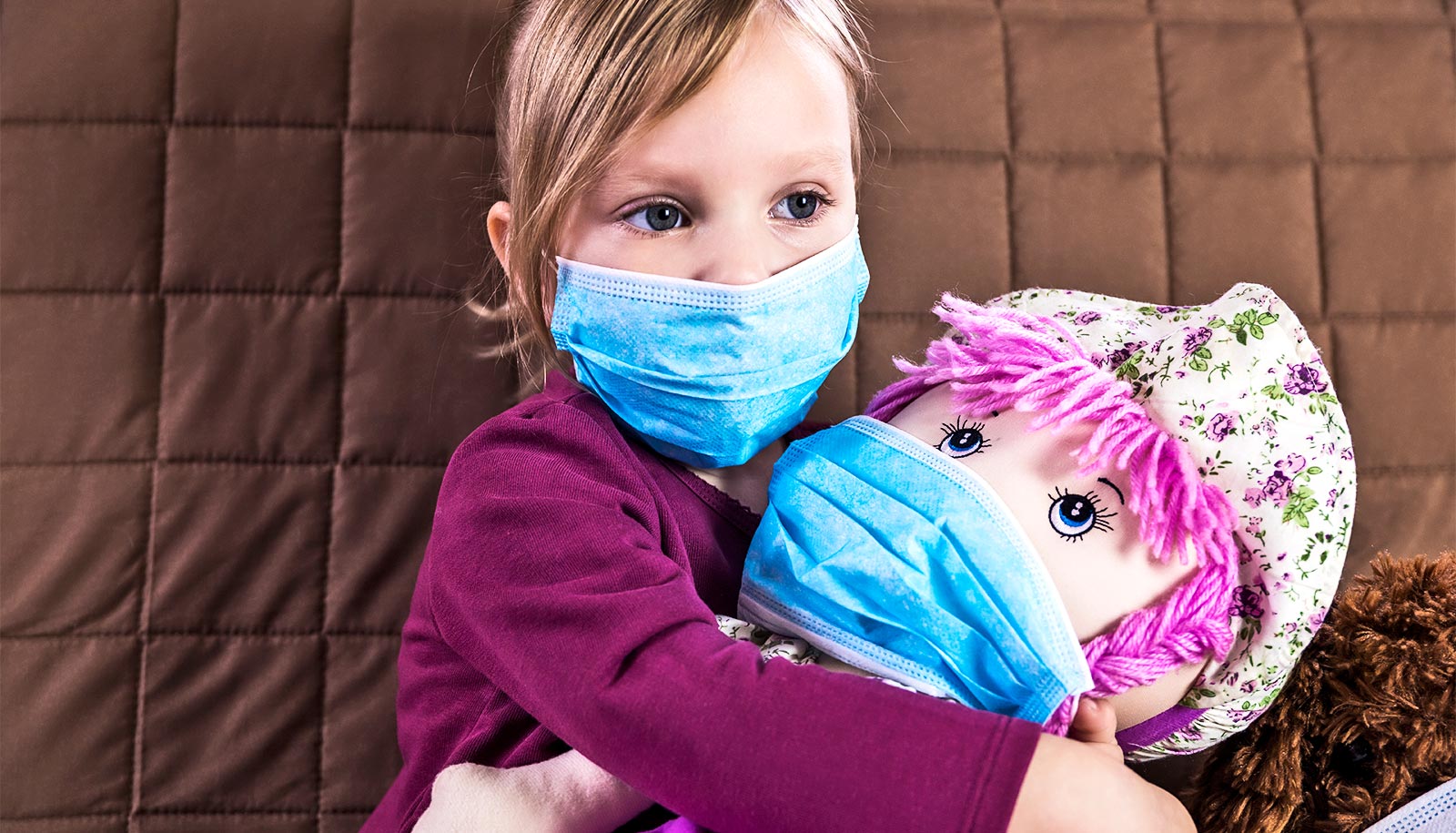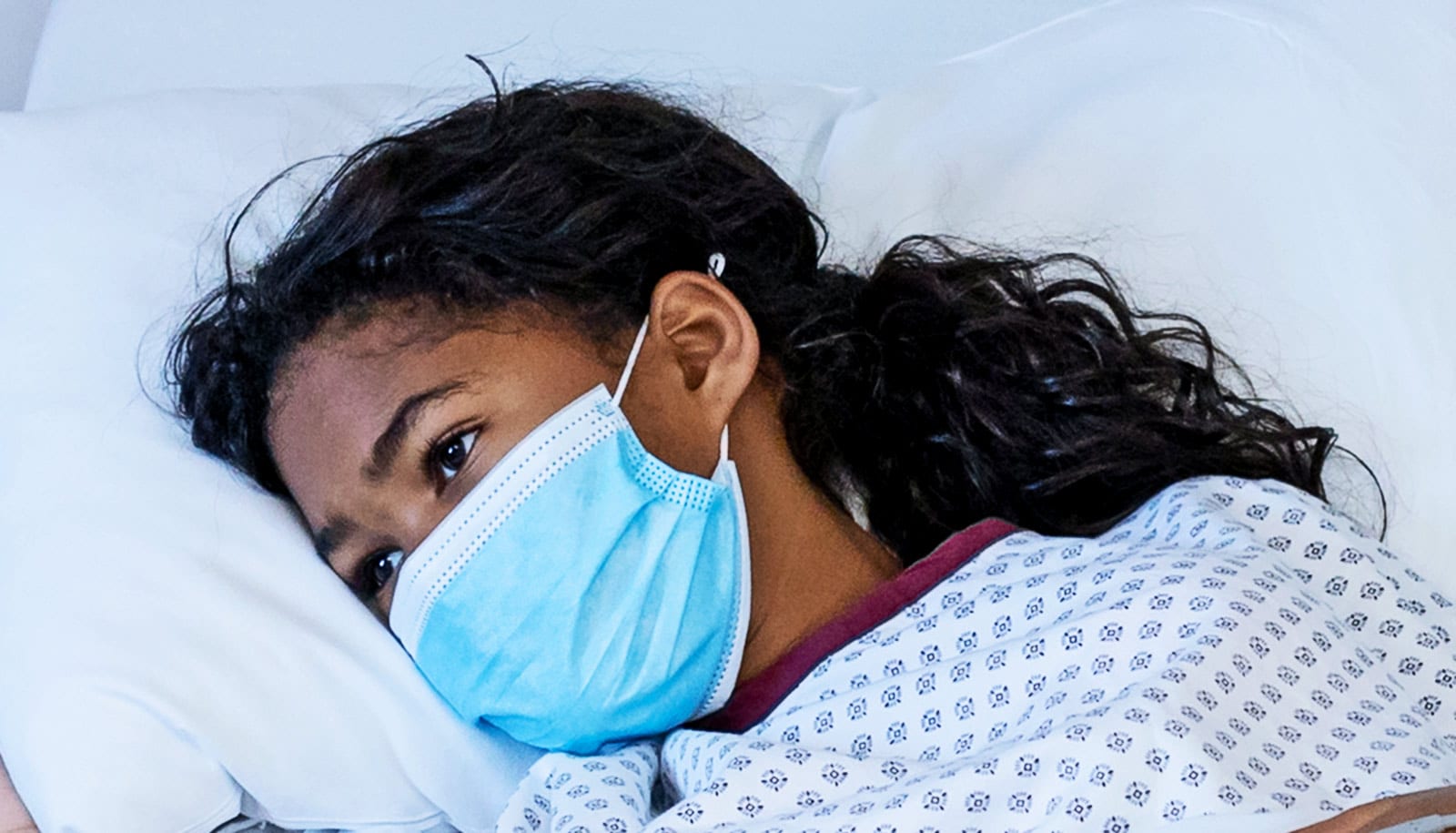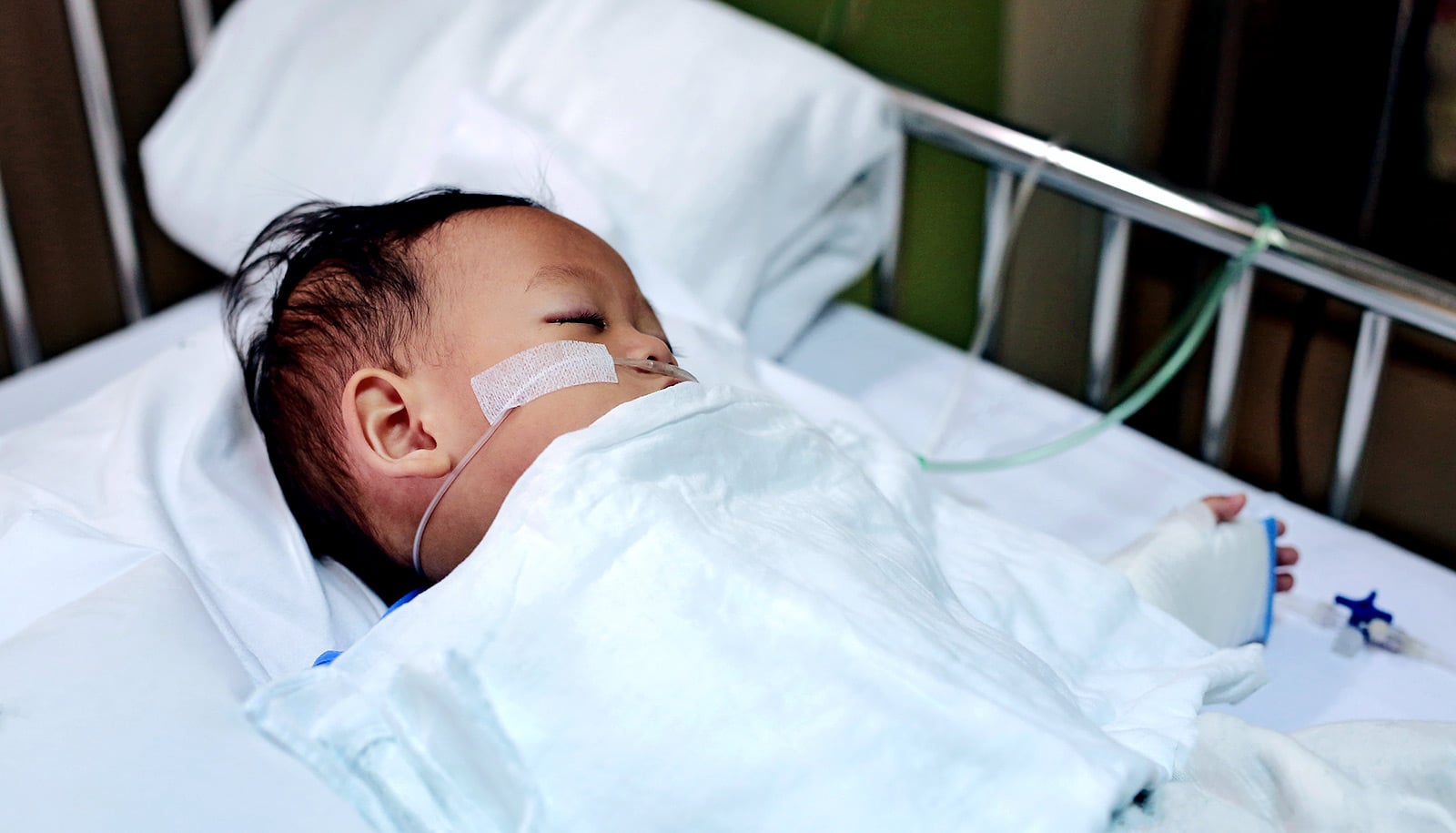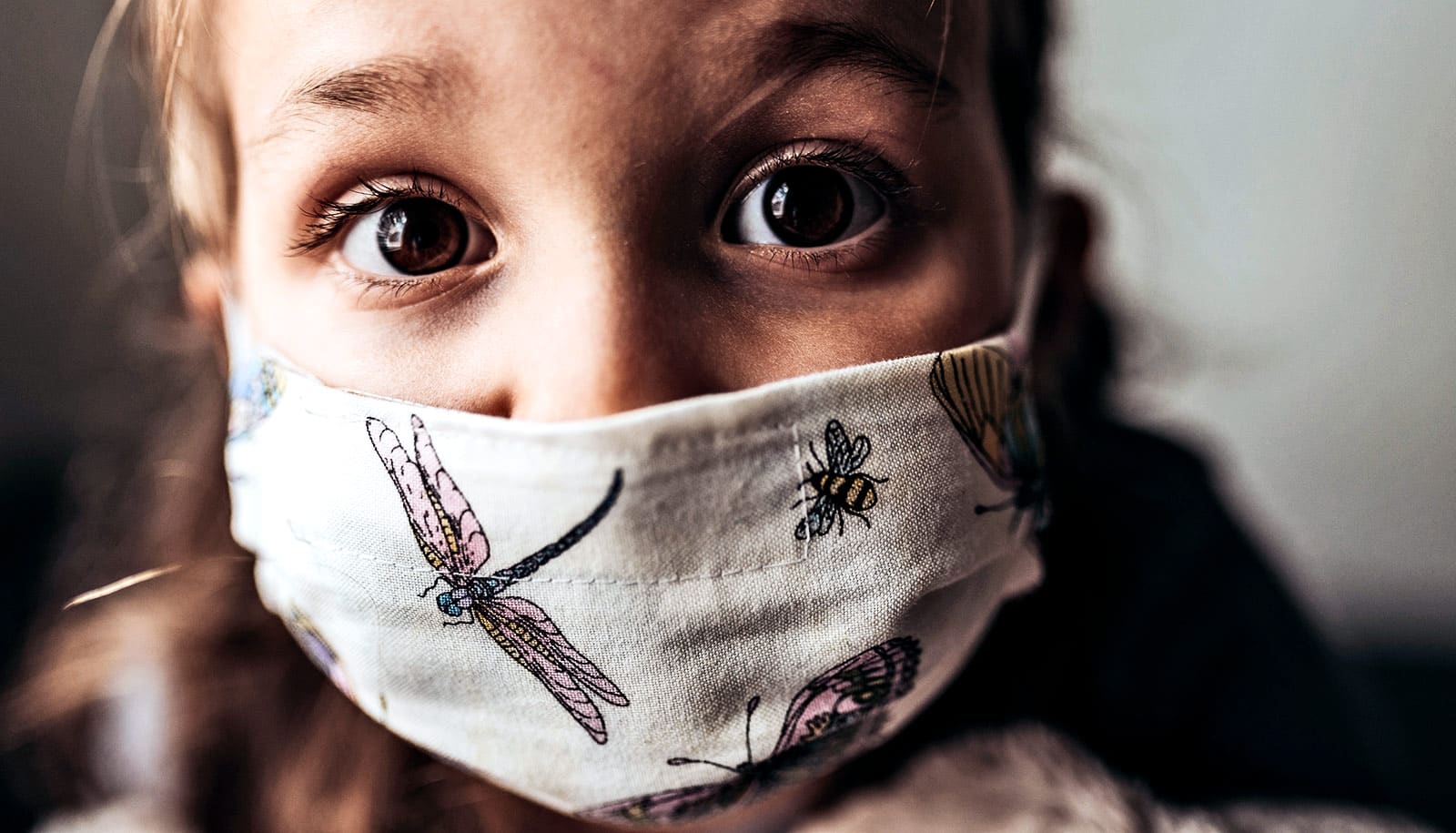A trio of faulty genes that fail to put the brakes on the immune system’s all-out assault on SARS-CoV-2 may help explain some severe COVID cases in kids.
One of the most terrifying aspects of the COVID pandemic has been its unpredictably severe impact on some children. While most infected kids have few or no symptoms, one in 10,000 fall suddenly and dramatically ill about a month after a mild infection, landing in the hospital with inflamed hearts, lungs, kidneys, and brains, spiked temperatures, skin rashes, and abdominal pain. Researchers call it MIS-C—multisystem inflammatory syndrome in children.
Some suspected that MIS-C is a SARS-CoV-2-specific form of Kawasaki disease, a rare childhood inflammatory condition that has long puzzled clinicians and seems to be triggered by many different viruses.
The new findings in Science constitute the first mechanistic explanation of any Kawasaki disease.
“The patients are sick not because of the virus,” says Rockefeller University geneticist Jean-Laurent Casanova. “They’re sick because they excessively respond to the virus.”
An enduring mystery of COVID has been its wildly varied impact on individuals, with one person getting a sore throat and another winding up on a ventilator—or worse. In February 2020, Casanova and his collaborators in the CHGE, an international consortium of researchers seeking the human genetic and immunological bases of all the different ways a SARS-CoV-2 infection can manifest, began searching for inborn errors (genetic mutations) of immunity among healthy people who had severe forms of COVID. Among their targets were children with MIS-C.
Casanova and his CHGE colleagues assembled an ever-growing database of hundreds of fully sequenced genomes of COVID victims from hospitals across North America, Asia, Europe, Latin America, Oceania, and the Middle East. They have since made several discoveries about the genetic predispositions of individuals who develop severe COVID.
For the current study, the researchers hypothesized that in some children, MIS-C could be caused by a gene defect that rendered them vulnerable to an inflammatory condition provoked by a SARS-CoV-2 infection, says Casanova, professor in and head of the St. Giles Laboratory of Human Genetics of Infectious Diseases at Rockefeller.
To find out, they analyzed the genomes of 558 children who’d had MIS-C. Five unrelated kids from four countries—Turkey, Spain, the Philippines, and Canada—shared mutations in three closely related genes controlling the OAS-RNase L pathway, which is involved in viral response.
Normally, this pathway is induced by type 1 interferons and activated by viral infection, which induce OAS1, OAS2, and OAS3 molecules. These in turn activate RNase L, an antiviral enzyme that chops up single-strand viral and cellular RNA, shutting down the cell. When a cell goes dark, the virus can’t hijack its replication machinery to spread disease.
But in the five children with these mutations, the pathway failed to activate in response to the presence of SARS-CoV-2. The cell instead sensed the viral RNA using another pathway known as MAVS, which provokes an army of dendritic cells, phagocytes, monocytes, and macrophages to attack the viral invaders en masse. The MAVS pathway acts as a sort of accelerator of the immunological response.
The OAS-RNase L pathway, on the other hand, is supposed to act as the brake. But in MIS-C, the brake fails, and the response careens out of control.
“Phagocytes produce excessive levels of inflammatory cytokines and chemokines and growth factors and interferons—you name it,” Casanova says. Massive inflammation ensues.
Because MIS-C is clinically and immunologically so aligned with other examples of Kawasaki disease, the researchers believe that MIS-C is a variety of the disease driven by a SARS-CoV-2 infection—the first such provocateur of Kawasaki to be pinpointed.
Why this reaction only takes place about a month after infection remains unknown. “We now understand the molecular and cellular basis of the disease, but we don’t understand the timing,” Casanova says.
Although the findings shed light on how problem genes can kick off MIS-C in some populations, it only accounts for 1% of the children in the study. As for the rest of the children who had COVID only to wind up hospitalized weeks later—the vast majority of whom recover quickly with treatment—the researchers plan to seek out other mutations in the OAS-RNase L pathway or in related pathways.
“We clearly now have one pathway that is causal of disease when it’s disrupted,” he says. “There’s every good reason to believe that there will be many other patients with MIS-C who have mutated genes in this pathway. Is that going to be 5%, 10%, 50%, 100%? I don’t know. But for sure, there will be mutations in other genes controlling this pathway.”
Source: Rockefeller University



